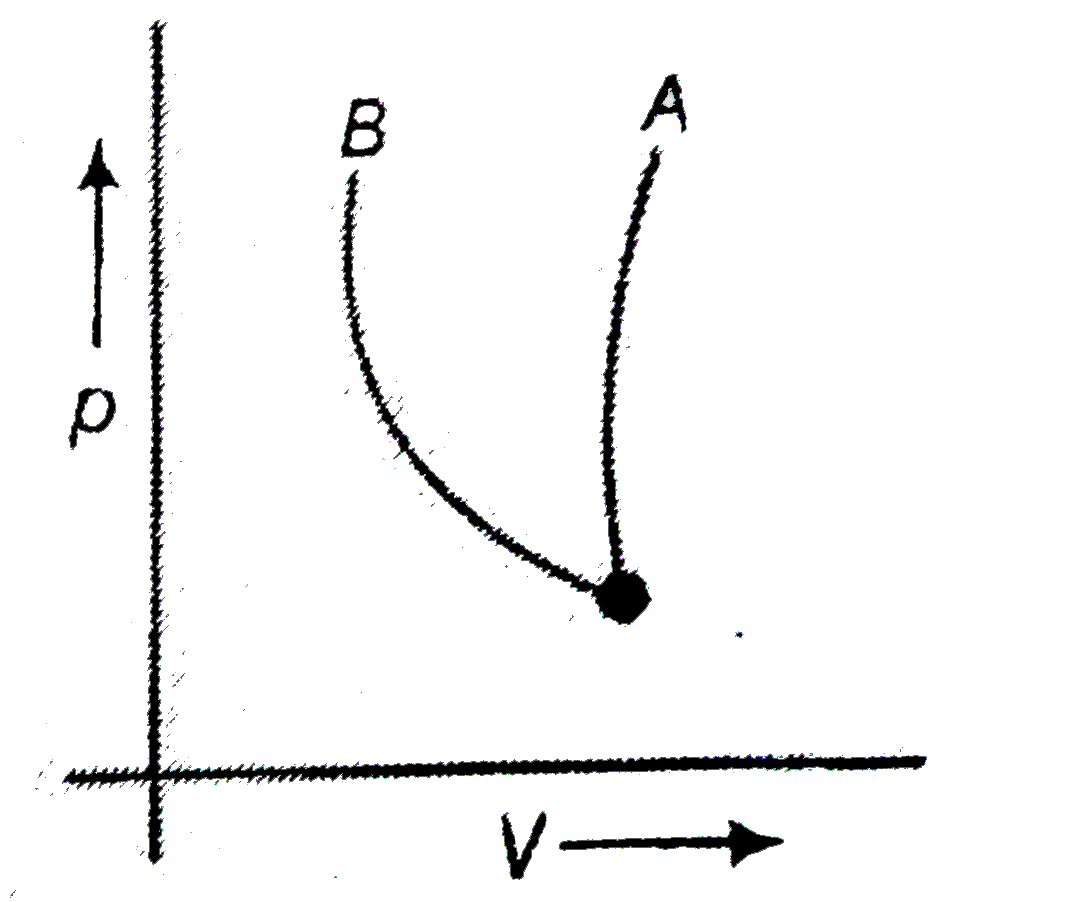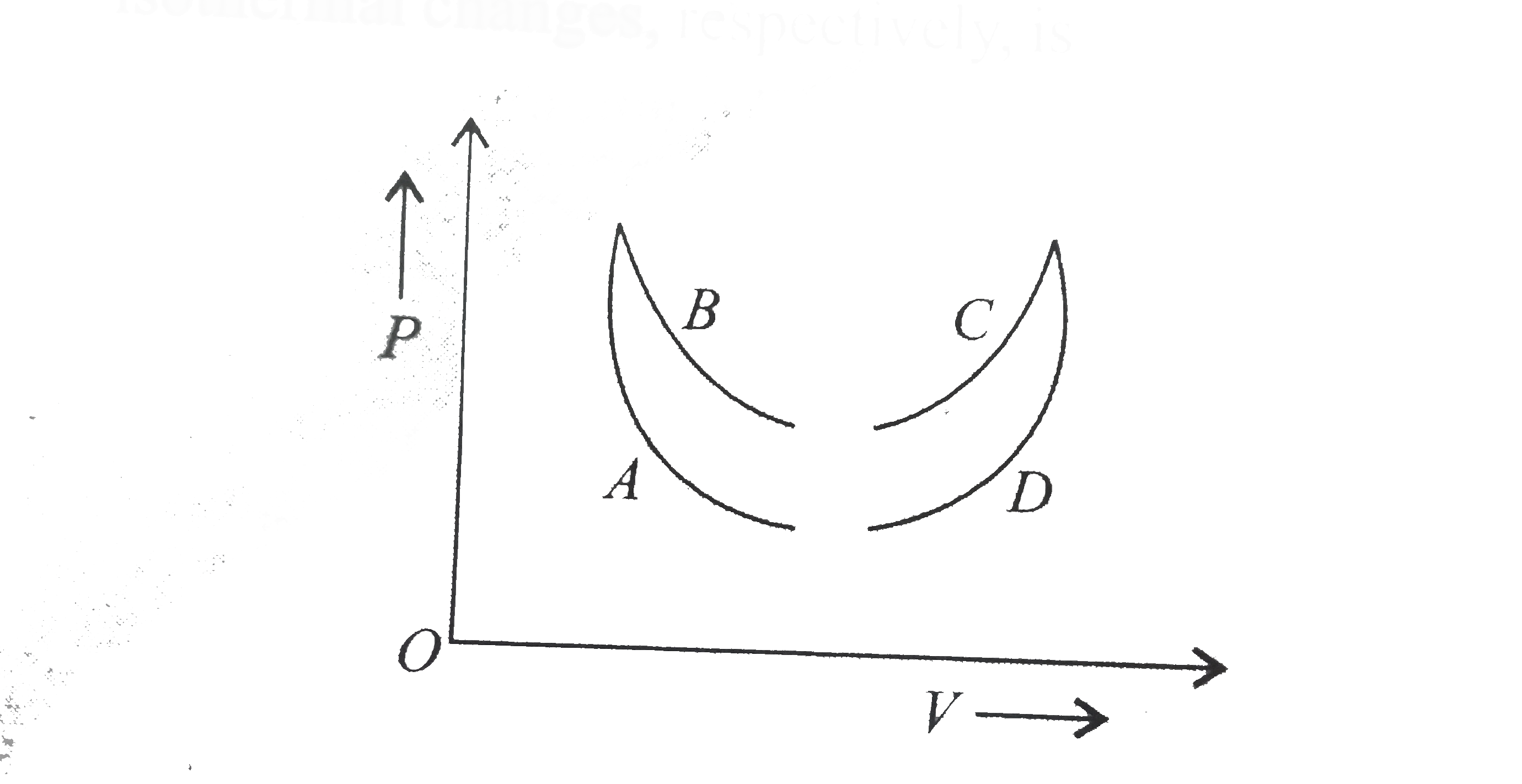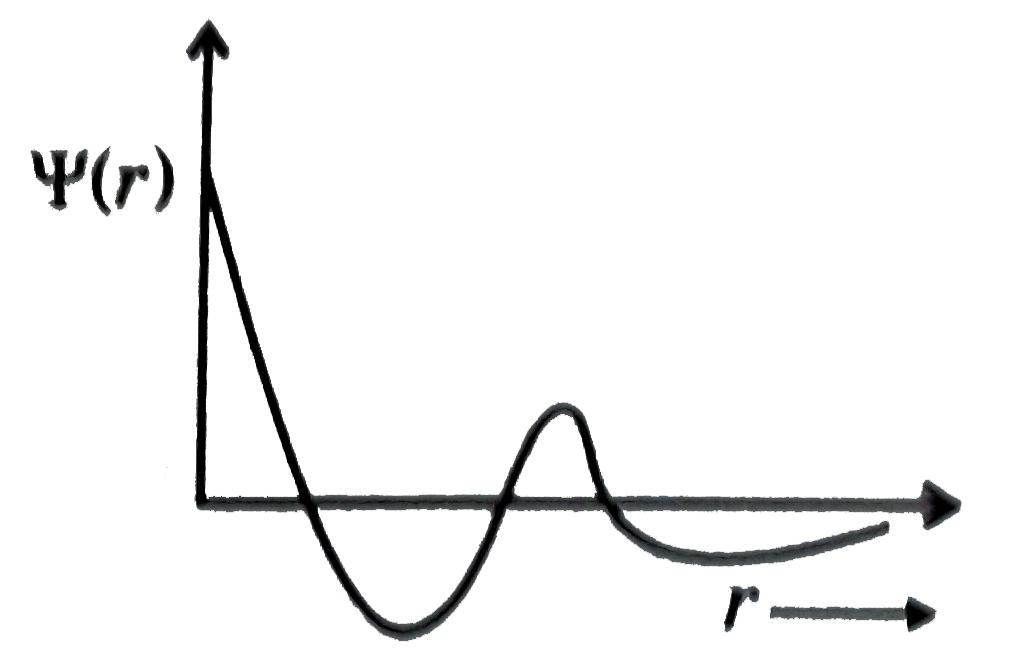Four curves A,B,C and D are drawn in Fig. for a given amount of gas. The curves which represent adiabatic and isothermal changes

A
C and D respectively
B
D and C respectively
C
A and B respectively
D
B and A respectively
Video Solution
Text Solution
The correct Answer is:C
|
Answer
Step by step video, text & image solution for Four curves A, B, C and D are drawn in Fig. for a given amount of gas. The curves which represent adiabatic and isothermal changes by Physics experts to help you in doubts & scoring excellent marks in Class 12 exams.
Updated on:21/07/2023Topper's Solved these Questions
- ThermodynamicsBOOK - MOTIONCHAPTER - ThermodynamicsEXERCISE - EXERCISE - 2
40 Videos
- ThermodynamicsBOOK - MOTIONCHAPTER - ThermodynamicsEXERCISE - EXERCISE - 3 SECTION - A
49 Videos
- ThermodynamicsBOOK - MOTIONCHAPTER - ThermodynamicsEXERCISE - Solved Example
10 Videos
- SURFACE TENSION & VISCOSITY BOOK - MOTIONCHAPTER - SURFACE TENSION & VISCOSITY EXERCISE - Exercise - 4 | Level-II Previous Year | JEE Advanced
12 Videos
- UNIT & DIMENSIONSBOOK - MOTIONCHAPTER - UNIT & DIMENSIONSEXERCISE - Exercise - 4 (Level - II) (PREVIOUS YEAR JEE ADVANCED)
10 Videos
Similar Questions
Knowledge Check
Four curves A,B,C and D are drawn in Fig. for a given amount of gas. The curves which represent adabatic and isothermal changes
 AC and D, respectivelyBD andC, respectivelyCA and B, respectivelyDB and A, respectively
AC and D, respectivelyBD andC, respectivelyCA and B, respectivelyDB and A, respectivelyFour curves A,B,C and D are drawn in Fig. for a given amount of gas. The curves which represent adiabatic and isothermal changes
 AC and D respectivelyBD and C respectivelyCA and B respectivelyDB and A respectively
AC and D respectivelyBD and C respectivelyCA and B respectivelyDB and A respectivelyThe ratio of slopes of adiabatic and isothermal curves is
AγB1γCγ2Dγ3
In the given graph, adiabatic and isothermal curves are shown. Then,

View SolutionWhich of the following P-V curve best represents. As isothermal process?
View SolutionWhich curve in figure represents the curve of ideal gas?

View SolutionWhich of the following P-V curve best represents. As isothermal process?
View SolutionWhen heat is given to a gas in an isothermal change, the result will be
View Solution


